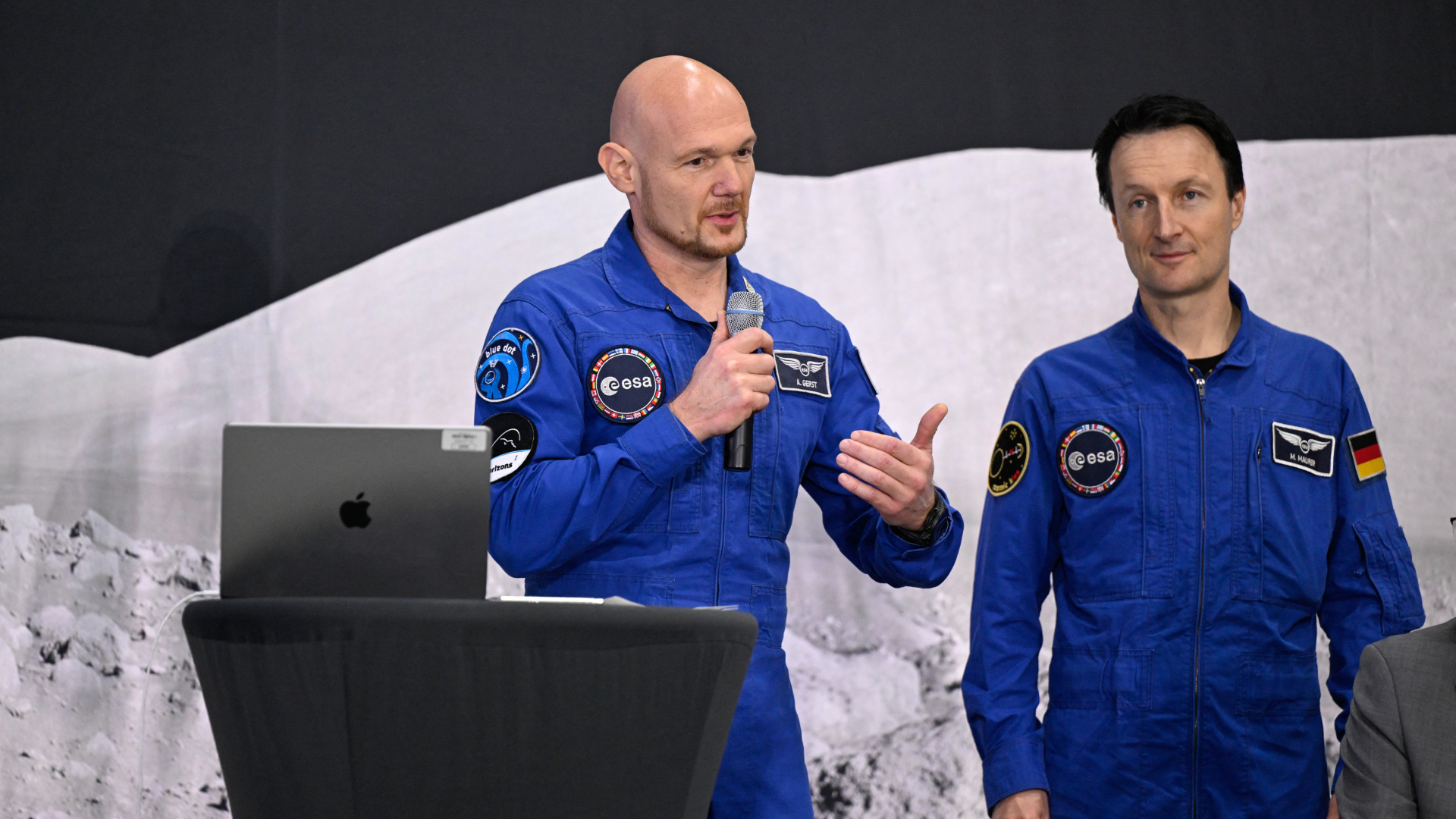How Apollo 13's Dangerous Survival Mission Worked (Infographic)

On April 11, 1970, NASA launched the Apollo 13 mission to send three astronauts to the moon and mark the third manned lunar landing. The mission aimed to send commander Jim Lovell and lunar module pilot Fred Haise to the lunar surface, while command module pilot Jack Swigert remained in orbit. But on April 13, the mission suffered a crippling explosion that would nearly doom the spaceflight and its crew.
Apollo 13's crew trained for making the first landing in the Fra Mauro lunar highlands, which appear brighter than the flat plains, or "maria," where the earlier two Apollo missions landed.
Video: Apollo 13 — What if NASA Failed?
But Apollo 13 carried an oxygen tank with a troubled history. The tank had been damaged in testing, but the spacecraft builders were not aware of a problem. The cylindrical service module had six pie-slice sectors. Sectors 2, 3, 5 and 6 held the main fuel tanks. Sector 4 held the damaged oxygen tank.
At about 56 hours into the flight of Apollo 13, Jack Swigert was instructed to "stir the tanks," or agitate the super-cold liquid oxygen. Moments later, oxygen tank 2 exploded. Photos taken near the end of the flight reveal the extent of the damage. "One whole side of the spacecraft is missing!" exclaimed Lovell.
With the command module losing power fast, the astronauts had to move into the lunar module, or LM, to use it as a lifeboat. Designed for two, the LM's cabin was a tight fit for three people, with Swigert keeping mostly to the small section at the rear of the cabin.
The LM did not have enough carbon-dioxide-scrubbing chemical canisters to keep the air breathable for three men all the way back to Earth. The astronauts had to build a crude adapter using spare parts on board, to make use of canisters meant for the command module.
Breaking space news, the latest updates on rocket launches, skywatching events and more!
- Apollo 13 Custom LEGO Minifigures Mark Mission's 45th Anniversary
- Apollo 13 Astronaut Exhibit Re-Launches at Chicago Planetarium
At the time of the accident, Apollo 13 was on a path that would cause it to miss Earth by 2,500 miles (4,023 kilometers). To return home the astronauts had to fire the lunar module’s big landing engine several times to get back on the right trajectory.
The near-disaster of Apollo 13 was a stunning reminder of the perils of human spaceflight and how NASA, through ingenuity and perseverance, managed to overcome the incident and save the mission's three-man crew. In 1995, director Ron Howard would retell the Apollo 13 story in the film "Apollo 13" starring Tom Hanks as Jim Lovell.
- Space History Photo: Apollo 13 EVA Walk-Through
- Space History Photo: Apollo 13 Recovery Area
- Space History Photo: Apollo 13 Splashdown
Follow us @Spacedotcom, Facebook and Google+.

Karl's association with Space.com goes back to 2000, when he was hired to produce interactive Flash graphics. From 2010 to 2016, Karl worked as an infographics specialist across all editorial properties of Purch (formerly known as TechMediaNetwork). Before joining Space.com, Karl spent 11 years at the New York headquarters of The Associated Press, creating news graphics for use around the world in newspapers and on the web. He has a degree in graphic design from Louisiana State University and now works as a freelance graphic designer in New York City.
